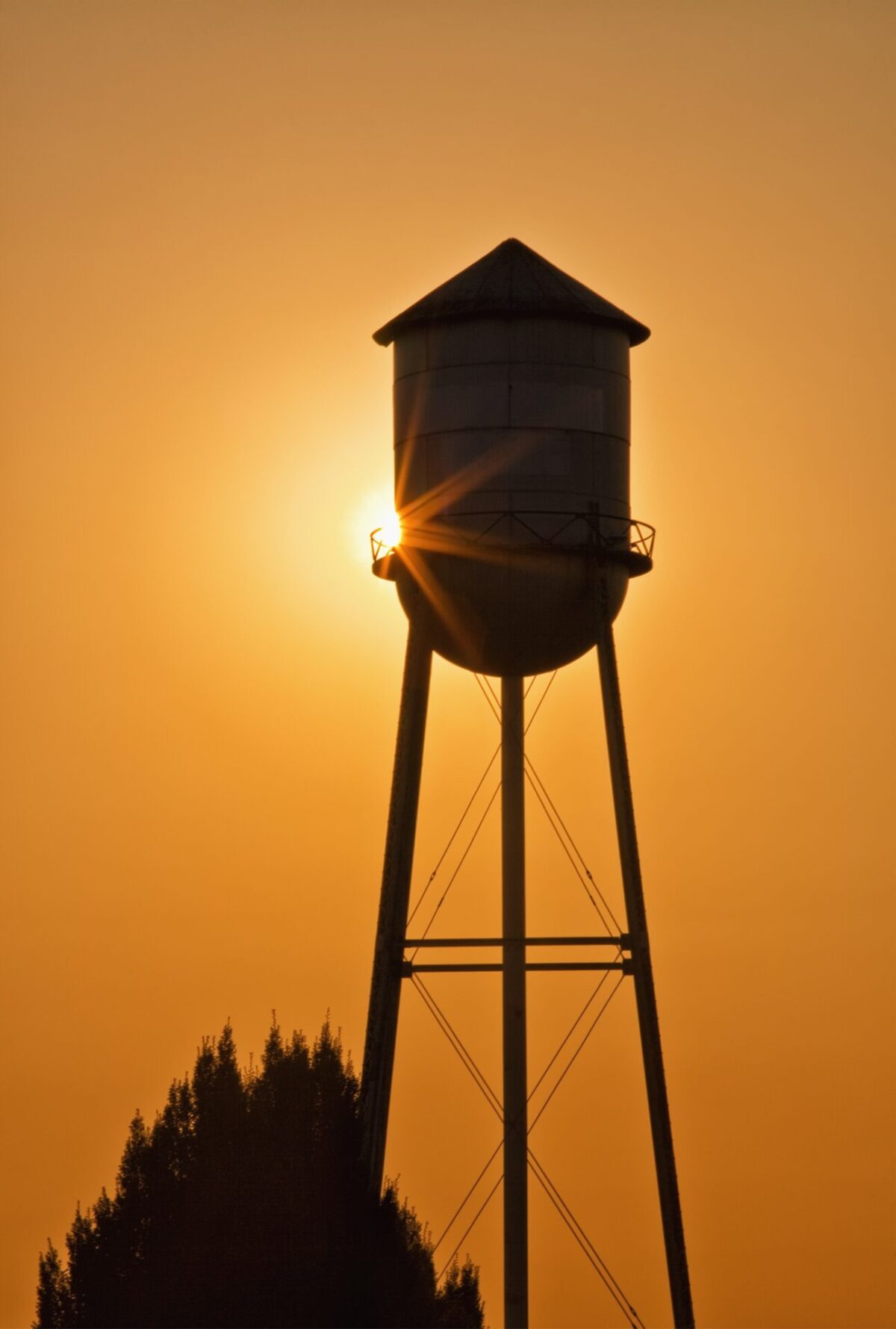How NSF 600 Standards Have Impacted the Protective Coating Industry

Posted on June 22, 2023 by Brent Phillips
Industrial paint and coatings protect surfaces from corrosive damage and environmental wear that can contaminate potable water. In addition, it gets used to enhance the outward appearance of a surface, making it more aesthetically pleasing. But the recently introduced NSF 600 standards that took effect on protective paints and coating earlier this year have changed the industry forever.
These paints and coatings come in various types and get applied to a wide range of materials, including wood, metal, plastic, concrete, and more. It is essential to understand how NSF 600 standards have impacted the industrial paint and coating industry to determine which is best for your water asset.
Changes for Industrial Coatings and Paint in the Market
The wide variety of paints and coatings available in the market makes it challenging to choose the right one for your needs. Paints and coatings can be used in various ways, from industrial coatings to decorative displays, each having a unique application characteristic.
In today’s blog, we’ll explore the recent NSF 60 and 61 changes that have given rise to NSF 600. After all, a city water manager’s job is managing water-related risks and opportunities, including analyzing the role-specific industrial coatings and paints play in water asset management in urban developments, which can directly impact your decision-making process.
New Reference Standard for NSF 600
On January 1 of this year, the new reference standard, NSF 600, replaced old NSF 60 and 61 standards for all coating, paint, and lining manufacturers. Prior to 2023, solvents comprised 40% of the coating mix, while the other 60% were the coating solids. It’s the solvent where the NSF 600 standards now regulate the amount used.
The new mandates require extraction levels for the following organic compounds and chemicals no longer dissolve higher than the rates listed below when coming into contact with potable water.
- Xylene extraction of less than 0.09 milligrams per liter (mg/L)
- Ethylbenzene extraction less than 0.14 mg/L
- Toulene extraction less than 0.06 mg/L
The new reference standard drastically changed the industry for “many solvent-based coating manufacturers, who lost the certification for use in potable water.” So how can you, as a water asset manager, choose the right protective coating company for your water tank restoration project?
Inquire about the available performance data on the new coatings. These new changes could benefit your municipality by reducing life-cycle costs and extending the service life for your water assets.
For Tnemec, they introduced three new products that meet or exceed the requirements of the NSF 600 standard for potable water assets.
- Series 21 epoxoline, a high-solid epoxy for use on steel or concrete substrates, whether on the interior or exterior of water storage tanks.
- Series 1220 Tnemec epoxy is a low VOC water-based epoxy for potable water storage and treatment facilities.
- Series 98-H2O hydro-zinc is a zinc-rich waterborne epoxy primer for the interior and exterior of potable storage tanks.
Find A Coating Expert Up to Date on NSF 600 Standards
The new reference standards for NSF 600 are a game changer for the industrial coatings industry, so finding the right industrial coating expert is an important distinction this year. Whether you’re looking to schedule a routine tank inspection or need an update on the coating specifications on your existing tank, contact the team at Cunningham Inc. by calling (620) 848-3030 today!
They offer various services on tank and tower restorations that include:
- Industrial coatings
- Storage tank modifications and repairs
- Roof ventilation improvements
- Overflow pipe adjustments and installations
- Concrete foundation repairs
- OSHA compliant: vandal deterrents and fall prevention
- Riser protection and frost jackets
- Bolted manway and access hatch installations
- Mixing and retention systems